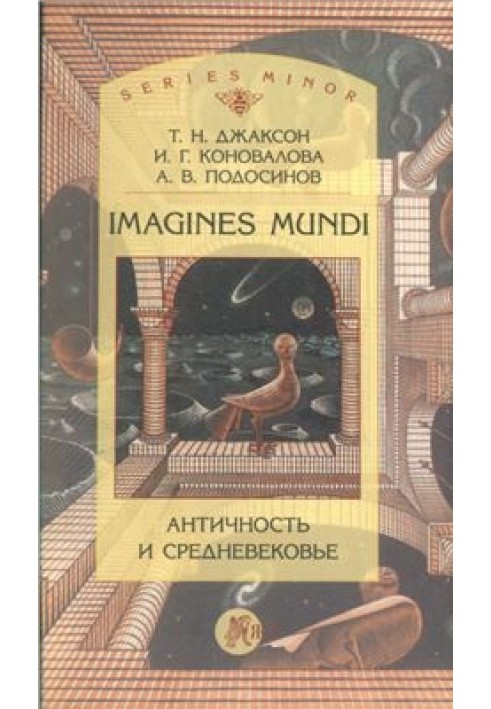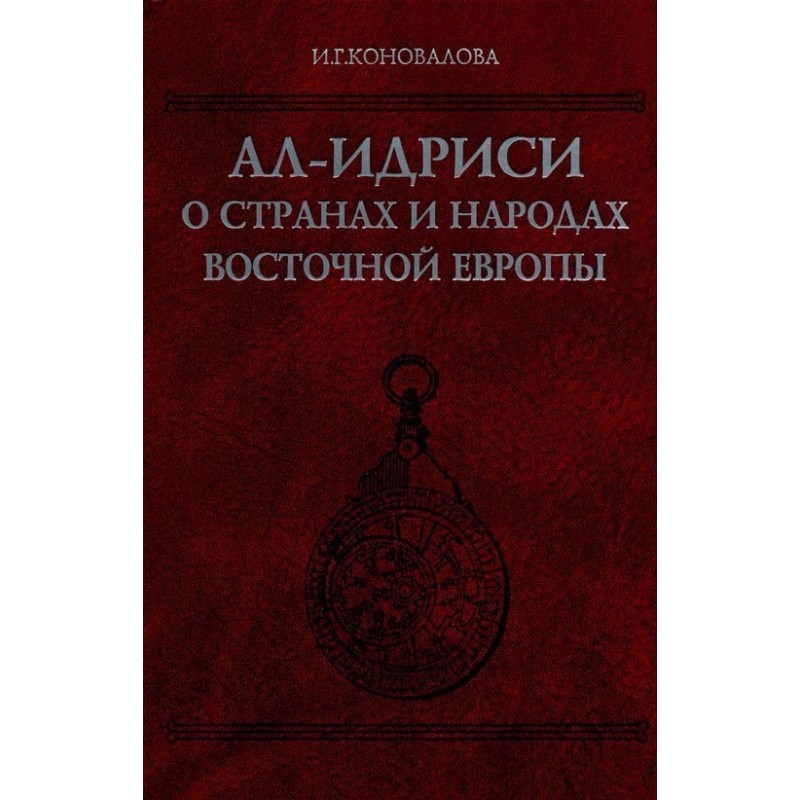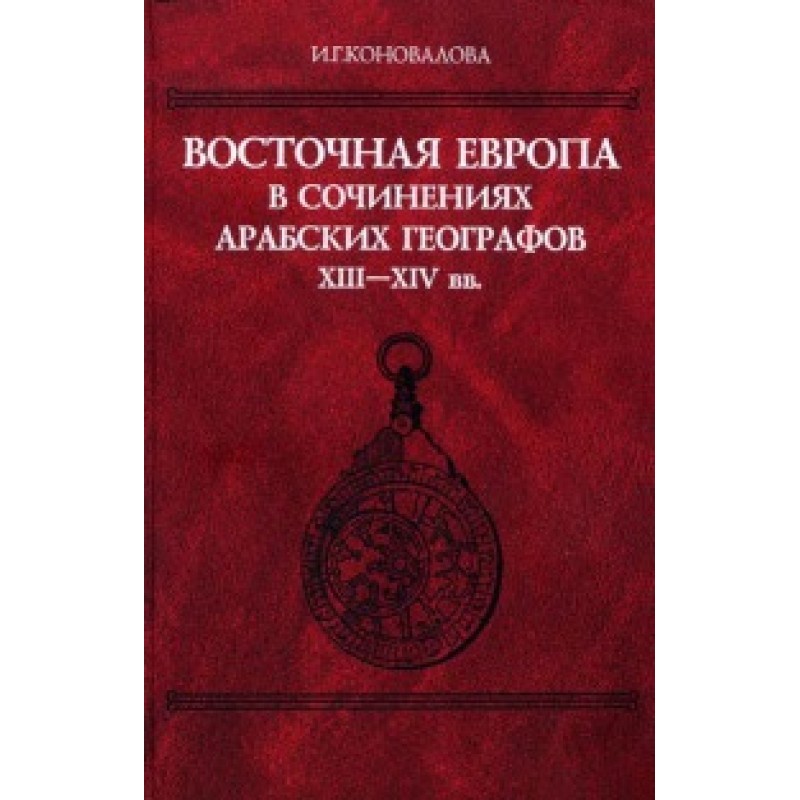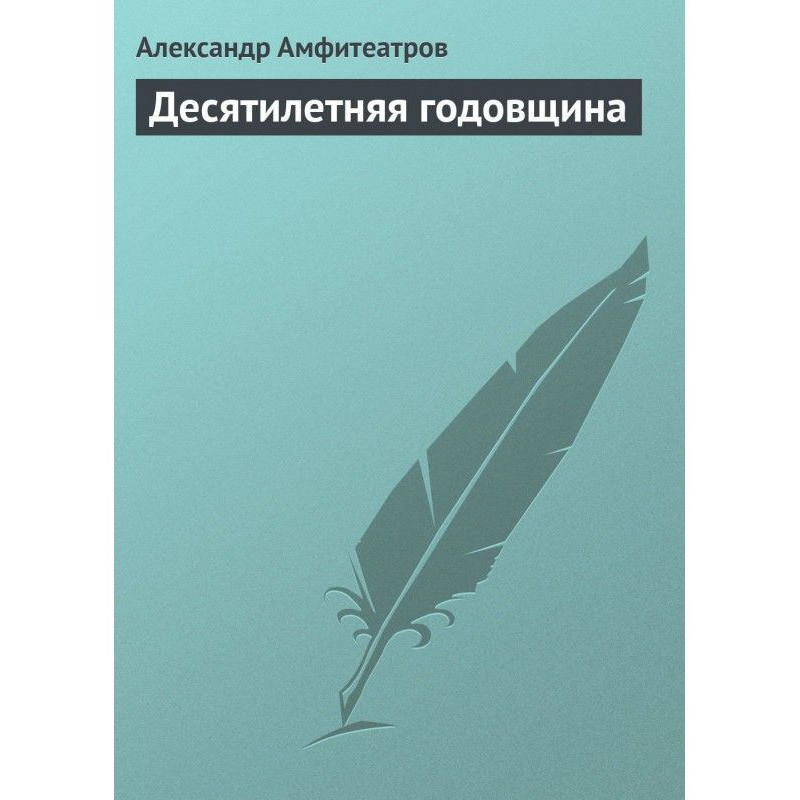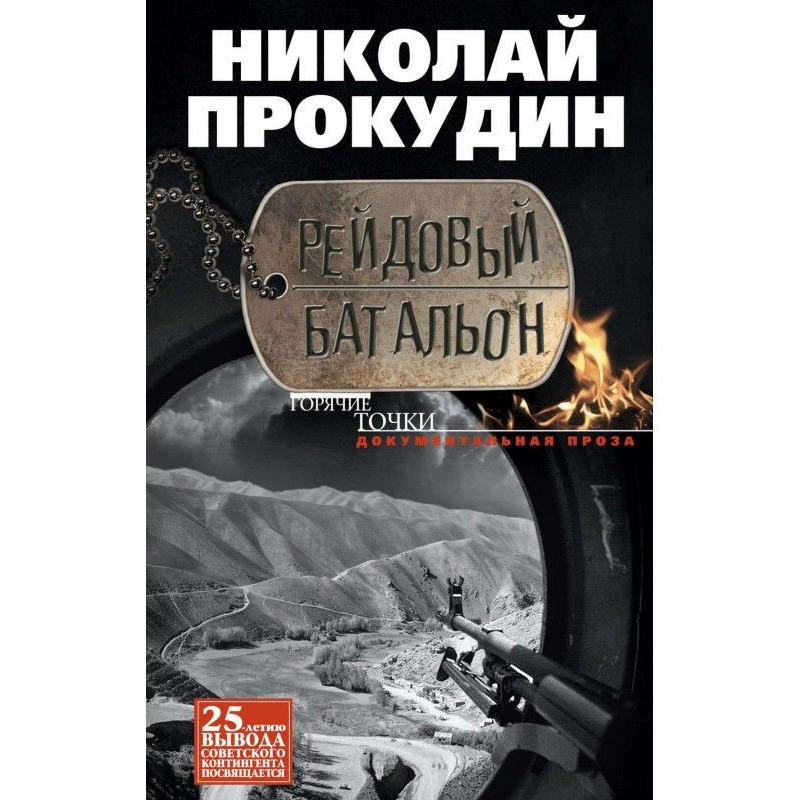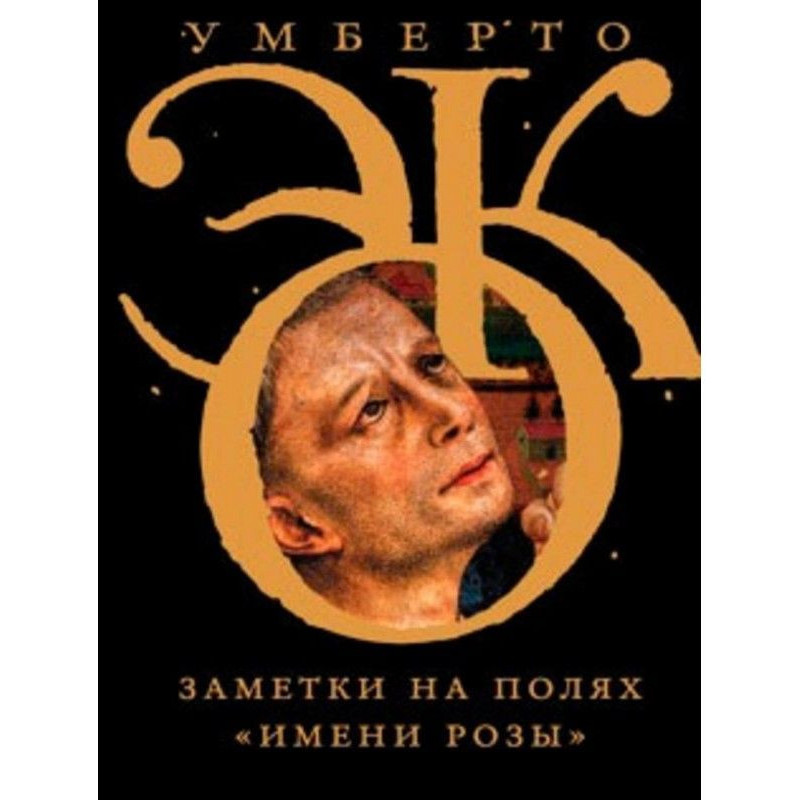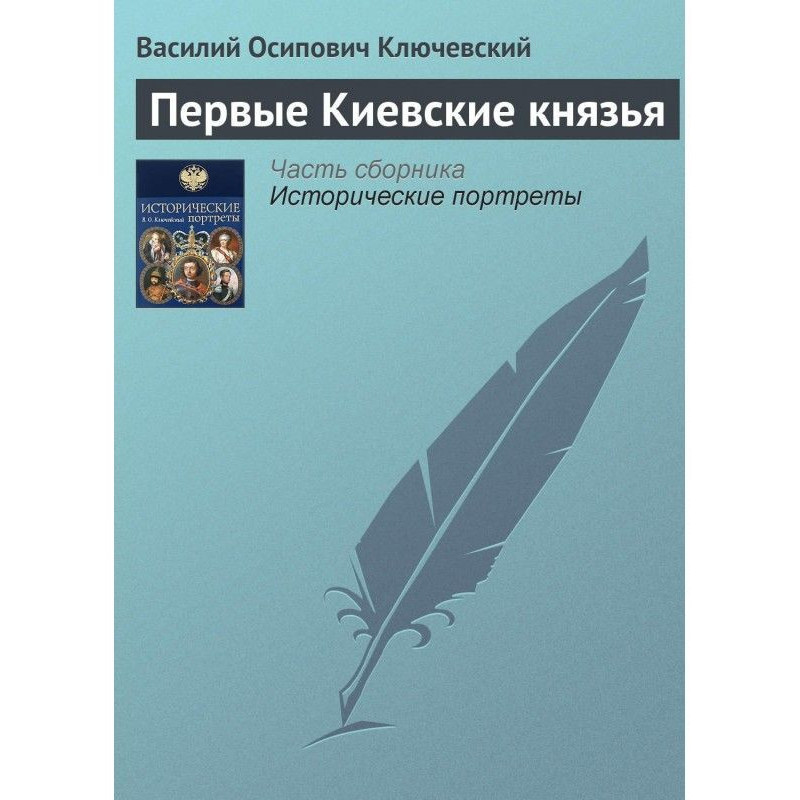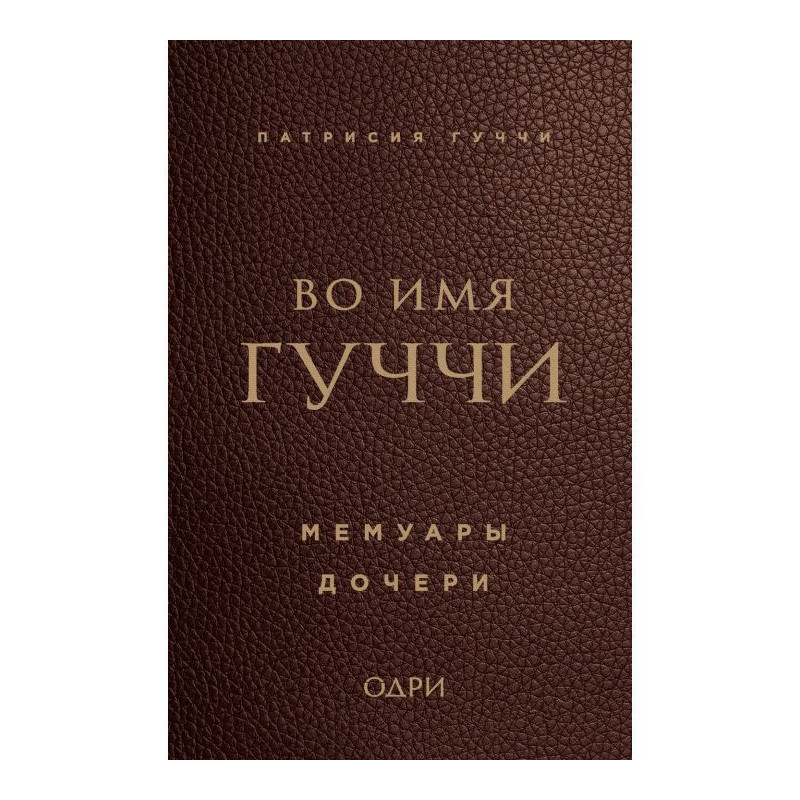Imagines mundi. Antiquity and the Middle Ages
 Instant download
Instant download
after payment (24/7)
 Wide range of formats
Wide range of formats
(for all gadgets)
 Full book
Full book
(including for Apple and Android)
The monograph is a series of essays that summarize the results of many years of work by the authors on studying the perception and representation of space based on ancient, Arab-Persian and Scandinavian narrative sources. The first part, written by A.V. Podosinov, shows how the picture of the world of ancient man took shape, how the exploration of the surrounding Earthly space took place, and what role orientation to the cardinal points played in the sacred and profane life of society. The second part, prepared by I. G. Konovalova, includes a study of ideas about the space of Islam, its hierarchy, boundaries, value characteristics of “our” and “foreign” space according to Arab-Persian geographical literature. The third part, written by T. N. Jackson, recreates a holistic system of spatial vision of the ancient Scandinavians. For specialists in the field of domestic and general history, history of geography and cartography, toponymy.
CONTENTS: Preface 9 PART I How ancient man navigated geographical space {L. V. Podosinov)Chapter 1. Comprehension of space: center and landmarks 151.1. From Chaos to Cosmos: the primary organization of space 151.2. Axis mimdi (center and axis of the world) 171.3. Dualism in the perception of space 261.4. 2x2u003d4 - four-part world 311.5. BIOS, TTKHN, KOSMOS, SOCIUM 341.6. Symbols and models of sacred space 431.7. The world as a body (anthropomorphism of space) 59Chapter 2. Countries of the world in the system of symbolic classification 672.1. General notes 672.2. Countries of the world in the binary classification system 682.3. Right and left in the picture of the world 702.4. Ritual movement in the direction of the sun and against 762.5. Four- and five-member classifications 812.6. Countries of the world and numerical symbolism 92Chapter 3. Zoomorphic and color symbolism of the countries of the world 993.1. Zooanthropomorphic symbolism of the countries of the world within the framework of the three- and four-member classification 993.2. Color symbolism of the countries of the world 109Chapter 4. “TEMRSHM” and “TEMPUS”: space and time in the archaic picture of the world 1174.1. General notes 1176 Contents4.2. The movement of the sun as a general measure of time and space 1214.3. Influence on orientation by cardinal direction of the moon's movement 1234.4. Past, present and future in spatial terms 127 PART II “Coordinate system” of medieval Muslim geography (I. G. Konovalova) Introduction 133 Chapter 1. “Theoretical geography" of the Muslim world: From biblical legends about the division of the Earth to Koranic images of the structure of the world 137Chapter 2. Finding the "living space" of Islam 1472.1. Power over space: “Books of Conquest” as a reflection of the new spatial reality 1472.2. Map of al-Ma'mun as a symbol of the end of the era of conquest 1492.3. Expeditions in search of the “edge” of the Earth 1512.4. “Books of Paths and States” as a new way of spatial exploration of the world 153Chapter 3. “Own” and “Alien” on the Islamic World Map 1593.1. “Alien” that has become “our own” 1593.2. Ptolemy's ideas on Arab soil 1613.3. Greek “climates” and Persian “kishvars” 1653.4. Hierarchy of world space and its value characteristics 1683.5. "Atlas of Islam" as a tool of geopolitics 1693.6. Europe in the Muslim system land descriptions 1763.7. Al-Idrisi: An attempt at synthesis 181Chapter 4. Personal experience of space exploration 1854.1. Real travel: Ibn Fadlan 1854.2. Imaginary Worlds 1954.3. Toponym as a concept 196Chapter 5. The image of the world through the geography of trade routes 2115.1. From the “island of the Rus” to Baghdad 2115.2. Volga-Don route in Arab geography of the 9th-12th centuries 2295.3. The Black Sea basin in Arabic geographical descriptions of the 12th-14th centuries 2355.3.1. Al-Idrisi 2355.3.2. Ibn Sa'id al-Maghribi 2575.3.3. Abu-l-Fida 262PART IIIAncient Norse Space (T. N. Jackson)Introduction 281Chapter 1. Space Exploration: Creation, Migration, and Conquest 2871.1. Creation of the world 2881.2. Migration legend 2951.3. Occupation of land 305Chapter 2. Orientation in space 3212.1. Icelandic orientation 3232.2. Orientation “Norwegian” 3262.3. The so-called “displaced” orientation 333Chapter 3. Toponyms - space markers 3513.1. Ultima Thule - “floating island” 3533.2. The path as a way of mastering space 3643.3. On the borderlands of ethnic groups 368Chapter 4. Space and literature 3754.1. "Introductory Geography" 3764.2. Space in the sagas 3894.3. "Travel formula" 4044.4. Conclusion 419List of abbreviations 420
Data sheet
- Name of the Author
- Александр Подосинов Васильевич
Ирина Коновалова Геннадиевна
Татьяна Джаксон Николаевна - Language
- Russian
Reviews
Вражаюче дослідження просторового сприйняття в історії
Книга "Imagines mundi. Античність та середньовіччя" є справжнім шедевром для всіх, хто цікавиться історією, географією та культурою. Автори глибоко досліджують, як різні цивілізації сприймали та репрезентували простір, від античності до середньовіччя. Монографія складається з трьох частин, кожна з яких відкриває нові горизонти розуміння просторового бачення. Перша частина, написана А. В. Подосіновим, детально розкриває, як стародавні люди формували уявлення про світ, а друга частина І. Г. Коновалової занурює читача в складну структуру простору ісламу. Третя частина, підготовлена T. Н. Джаксон, пропонує захоплюючу перспективу на просторове бачення древніх скандинавів. Книга не лише надає історичні факти, але й спонукає до роздумів про те, як наше сприйняття простору формує наше життя. Рекомендую цю монографію всім, хто прагне глибшого розуміння культурних і географічних аспектів людського існування.

